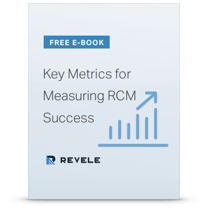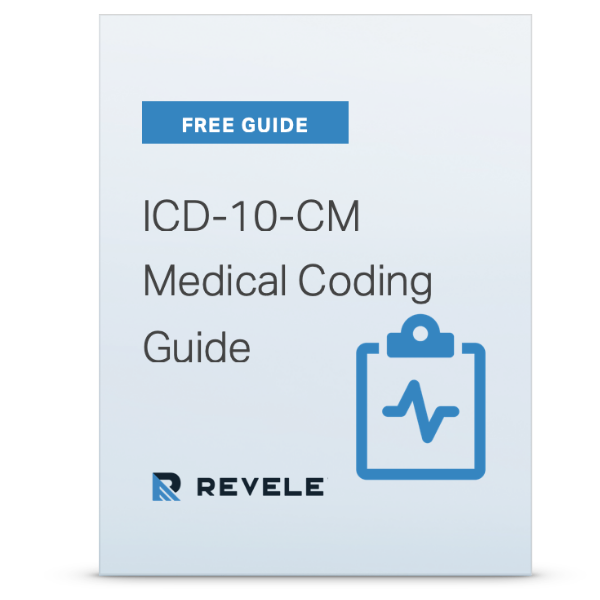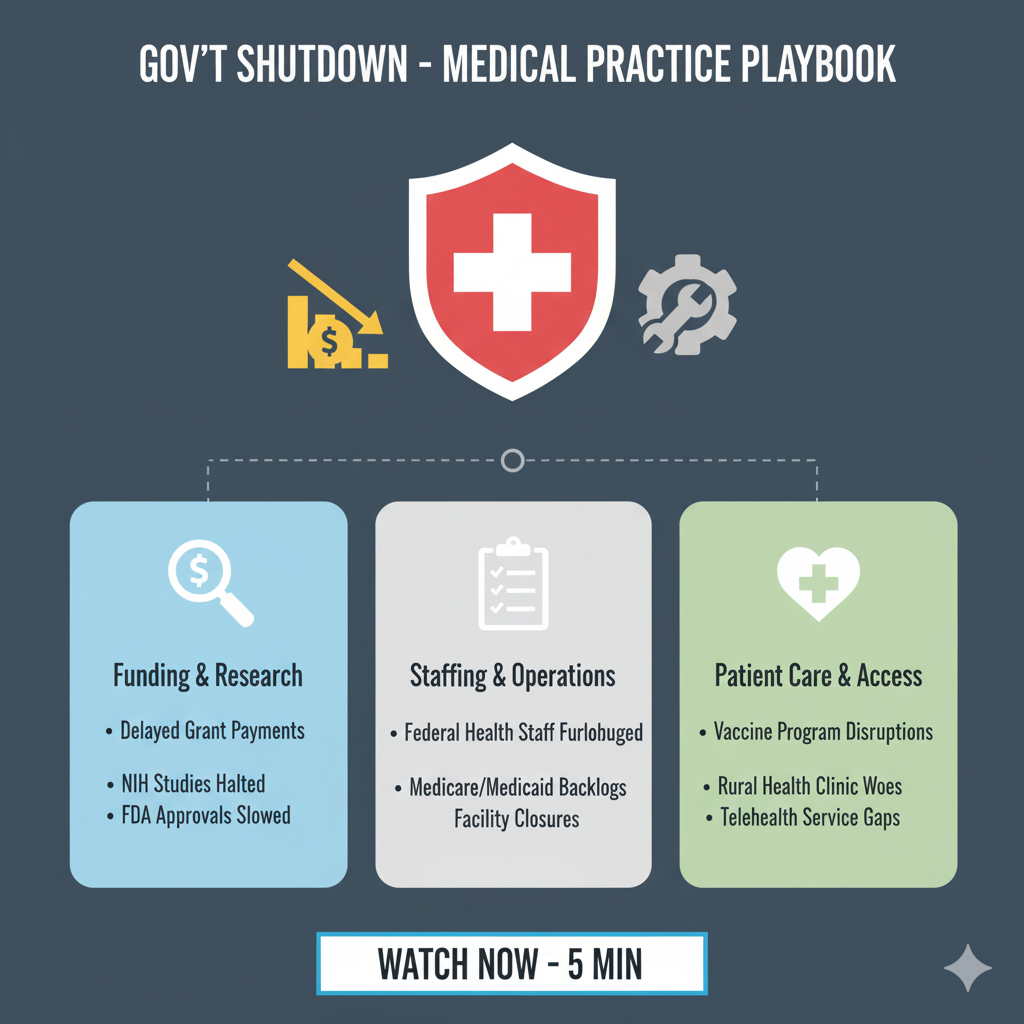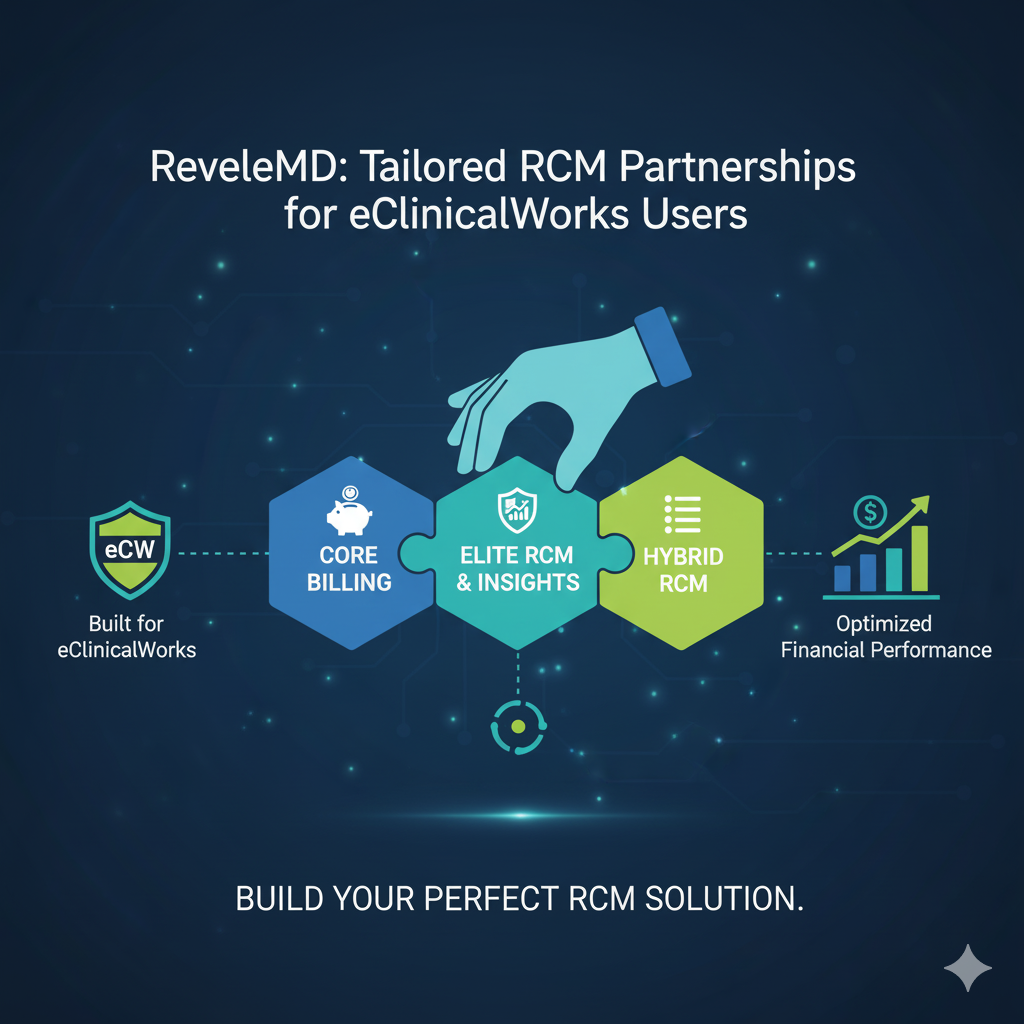A revenue cycle management strategy enables healthcare providers to collect timely payments from patients and insurance companies. Although most medical practices have RCM systems in place already, maintaining profitability can be challenging when navigating the complex world of filing and coding claims.
How do you optimize your revenue cycle management to gain the most from your healthcare practice? Here are our tips on the best practices for effective revenue cycle management.
#1 Prioritize Your Patients and Their Preferences
Don’t leave your patients in the dark when it comes to payments. Maintaining a transparent, communicative patient/provider relationship is crucial for encouraging long-term success and loyalty. Provide patients with clear explanations of what to expect from bills and various payment options. This way, patients are less likely to be surprised by a medical bill and will feel more in control of their care strategy and financial responsibility.
A study by InstaMed, a J.P. Morgan company, shows that 74% of all consumers and 80% of millennials prefer online payments for medical bills. 74% of millennials would switch providers for a better healthcare payment experience. Currently, 75% of providers still use paper statements and manual processes primarily for collection. The patient pay platform Rev Patient Collect was designed to meet patient preferences.
#2 Collect Payment Information Up Front
Instead of waiting until after a patient has already had their appointment to bring up payment options, collect payment information upfront when booking the appointment. This info might include documenting insurance data or credit card information to keep on file for services not covered by the insurance plan.
Download the self-pay collections guide for tips on maximizing revenue at the front desk, implementing a credit card on file program, and self-pay KPIs.
#3 Automate Claim Authorization
In addition to collecting payment information up front, use an automated system to simplify the claim authorization process. Doing so will save your staff lots of time submitting individual claims, and patients will be able to know whether or not a service is covered as quickly as possible.
#4 Improve Claim Filing Timeliness
Even the most promptly filed insurance claim may take up to 30 days to process. To mitigate delayed payments, prioritize filing claims immediately after a patient has received a service. This way, you won’t miss any filing deadlines and will receive your payment on time.
#5 Manage Denials
Not all claims will be approved by the insurance carrier. Common issues with claims include missing information, incorrect coding, late filing, eligibility issues, or duplicate claims. Most of these errors are easily avoided by implementing a streamlined claims process and prioritizing attention to detail. Track claim denials to see if there are any consistent mistakes or patterns that emerge, and work with your team to mitigate these issues before filing.
#6 Monitor Accounts Receivable Balances
Your accounts receivable (AR) balance represents the outstanding payments you still need to collect from patients and insurers. Every healthcare practice has an AR balance, but the trick is to monitor the balance percentage exceeding at most 45 days old. The ratio of your AR balance over 45 days old indicates the efficiency of your payment collection strategy and may represent an ongoing issue with filing errors. In the past, monitoring AR over 90 days used to be the industry standard. However, depending on the payer, some claims are paid within a week of submission.
At Revele, we monitor AR based on the historical lag time segregated by payer. For example, if a payer typically pays within 15 days, we start addressing claims from that payer if a claim is not paid within the 15-day parameter. Aging AR balances mean uncollected revenue and pose an ever-increasing financial burden to your practice.
#7 Invest in Technology
When it comes to revenue cycle management, you don’t have to do it alone. Invest in an RCM system to help you stay on top of patient information, file claims on time, manage denials, and automate authorization and eligibility practices.
Dealing with complex coding and filing requirements is too much to ask of your administrative staff daily. RCM systems provide much-needed support, so your in-house team has the bandwidth to focus on other tasks and provide the best care possible to patients.
Change How You Approach Revenue Cycle Management by Partnering with Revele
At Revele, our integrated RCM solution incorporates efficient claim management with personalized performance consulting to provide clients with a new way to approach their revenue cycle. From small physician groups to hospital systems, we prioritize providing end-to-end support that goes above and beyond progress reports and automated features. Our system delivers a guaranteed 10% increase in cash flow, with payments spending less than 37 days in accounts receivable.
Our entrepreneurial spirit, dedication to client satisfaction, and expertise in working with healthcare professionals give our team the unique opportunity to provide lasting value to our customers. How will Revele transform your revenue cycle? Contact us today to learn more about our solutions.
_____________________________________________________________
The Key Metrics for Measuring RCM Success
Start monitoring, managing, and optimizing your revenue cycle management against the top healthcare RCM key metrics. Download the free ebook today.









